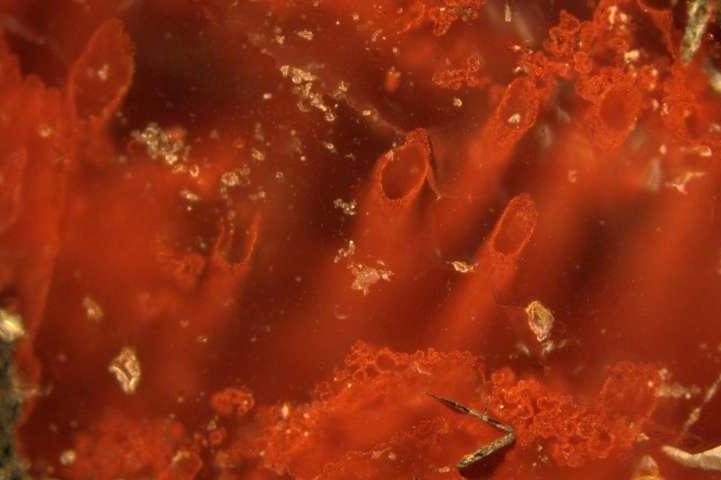March 1 (UPI) -- Scientists have discovered the world's oldest fossil, the remains of a microorganism that lived between 3.7 billion and 4.3 billion years ago. Earth itself is believed to have formed just 4.5 billion years ago.
The signature of the iron-eating bacteria -- its tiny filaments and tubes -- was found encased in a piece of quartz excavated from the Nuvvuagittuq Supracrustal Belt in Quebec, Canada.















